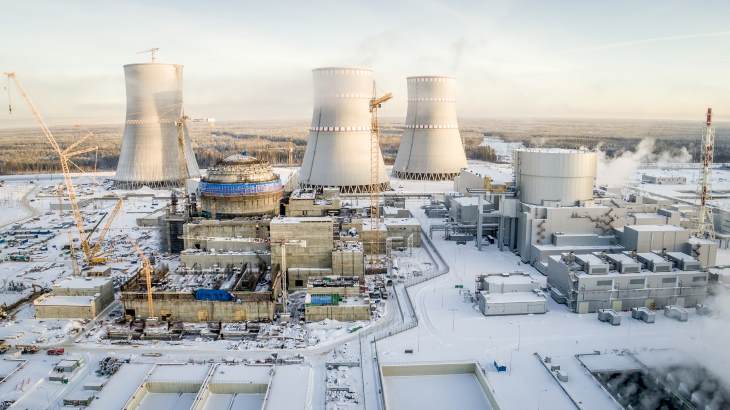|
Russia’s Ukraine invasion to fuel reorientation of commodity markets
Thursday, March 10, 2022 - 13:27:55
Mining.com
|

|
The report “Ukraine & Russia: Identifying Exposure” identified a variety of implications of the invasion and resulting sanctions against Russia. Among the implications for metals and bulk commodities (one of eight investment-related themes explored in the report) are: further pressure on prices during a time of already high commodity inflation, especially over the next weeks and months; an acceleration of governments and companies’ activities to secure raw material supplies and critical materials chains; a reorientation of Russian commodities to China; and potentially, demand destruction.
“In commodity markets, price allocates resource. And now, with that resource highly constrained, the current price spike is to convince buyers not to purchase,” reads the report. “That in itself has a knock-on implication for global growth, particularly in terms of industrial output. We see demand (and ultimately price) risks rising in H2, once the global consumer of end commodity products has been dissuaded from purchasing by a squeeze on real incomes.”
While Russia’s attack on Ukraine has caused a price spike in a broad array of commodities, Russia’s share of metals supply is greatest for uranium and palladium.
Russia is a dominant supplier of refined uranium supply (42% of the global total), although it supplies much less of the world’s mined uranium (around 7%).
“Nuclear power has been gaining momentum of late as an essential component to longer-term decarbonisation ambitions, with public opinion improving markedly,” BMOs analysts write. “While the… attack on the Zaporozhe nuclear power plant may temporarily dampen some market sentiment, we do not foresee this impacting global ambitions to bolster nuclear power capacity, and instead believe that it will just encourage a decoupling from Russia, while encouraging mining and enrichment capacity ex-Russia.”
Palladium is the metal that’s most exposed to fallout from the conflict, with Russia accounting for 39% of global supply, according to the report. BMO notes that the palladium market (palladium is crucial to catalytic converters in automobiles) is structurally undersupplied until the middle of this decade, which could lead to further gains for the metal. It currently trades at US$2,867 per ounce.
Even though Russia accounts for considerably less of the world’s nickel – 7% of mined global supply and about 4% of refined supply according to BMO – the silvery white metal has seen a historic price spike over the last two days to $100,000 per tonne. (Russia produces 17% of the world’s highest grade nickel used for batteries, according to Bloomberg.) BMO notes very tight global inventory for nickel as well as aluminum (Russia provides 7% of global supply).
While the rise of gold and silver has been modest compared with base metals – until Tuesday, when gold surged to $2,061.80 per ounce – safe haven demand for precious metals will continue to be strong as the world ponders the lengths that Russia is prepared to go to, says the report, especially after its shelling of the Zaporozhe nuclear plant last week.
“The Russia-Ukraine conflict comes amid already-elevated levels of market uncertainty, which were being fuelled by concerns over the efficacy of China’s policy stimulus and multi-decade high inflation, and it is at times like these when we would expect gold, and to a lesser extent silver, to be well-supported by safe-haven demand,” says the report.
“The collapse of the Russian rouble has also once again catapulted contagion risk in emerging markets to the fore, with potential ramifications on all markets difficult to grasp in their entirety, and not just those exposed directly to Russia, but also those reliant on Russia-based financing, Russia trade flows, and general market sentiment.”
The report also says a major implication of the conflict will be a long-term buildout of metals-intensive renewable energy capacity in Europe. In the short-term however, Europe will continue to rely on fossil fuels, in particular thermal coal, as it tries to wean itself off Russian energy and achieve greater energy self-sufficiency. Newcastle thermal coal futures surged to a record $440 per tonne last week, BMO notes.
“With gas and power prices jumping once more, we would not be surprised to see further cuts to European refined supply of aluminium, zinc, and ferroalloys,” the report reads.
http://www.miningnewspro.com/en/News/620861/Russia’s Ukraine invasion to fuel reorientation of commodity markets
|